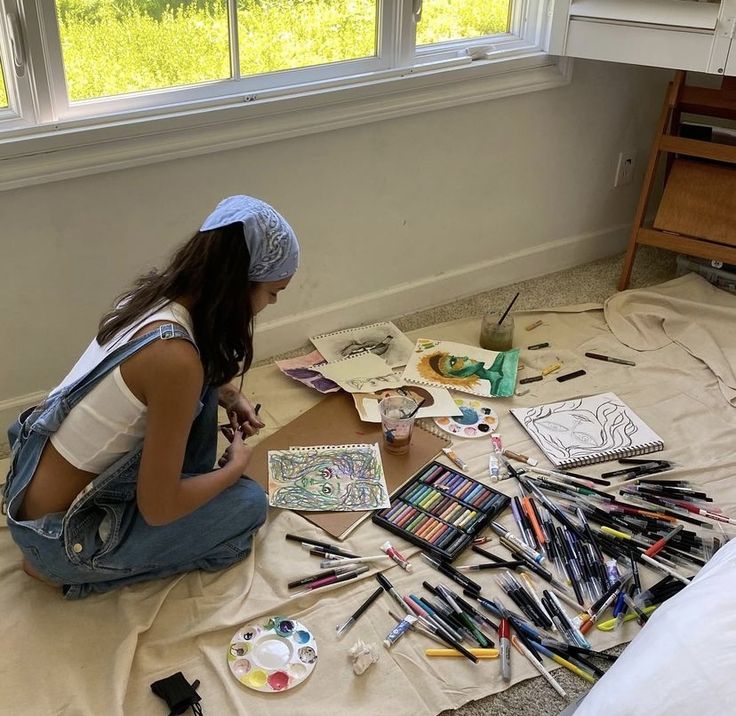Whether you paint, sew, or create little charms using air dry or polymer clay, making art is good for your body and mind. And in this article, I will be sharing with you the therapeutic benefits of art-making.
Creation can reduce stress and improve your mood
A couple of years ago, I did a lot of research about art therapy and the benefits of practicing art for adults and kids in the framework of a creative project that I was working on with my partner. Since then, I have noticed a ton of research papers online from therapists and art therapy researchers highlighting the importance of creative practice for individuals. Creating art improves your mood. In fact, engaging in any creative act of visual expression activates the reward pathway in your brain, which is perceived as a pleasurable experience.
And you wouldn’t need scientific proof for this; flexing your creative side can instantly give you a stronger sense of agency — the ability to solve problems by imagining possible solutions. Read this: 5 ways to instantly spark your creativity.

You don’t have to be a full-time artist to reap the therapeutic benefits of art-making
All you need to do is make art. And the more you do it, the better. And I know that if you have never practiced art, getting started with it is pretty intimidating.
According to researchers, the process of creating art helps with emotion regulation, which in turn can help lower anxiety.
Art therapy can be especially beneficial for people who have experienced trauma, including individuals with post-traumatic stress disorder (PTSD), Davenport emphasizes. One study found that people with PTSD who participated in art therapy were better able to relax, externally communicate their memories and emotions through their art, have fewer intrusive thoughts, and feel more confident about their futures[1].
The participants in this research weren’t artists. They didn’t identify as artistic either. So, if you are willing to try it for yourself, your only limit is yourself.
